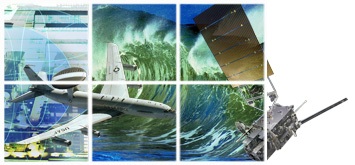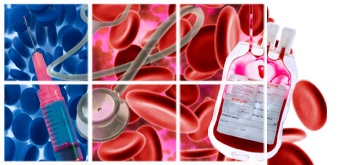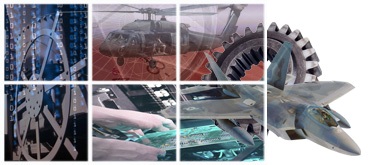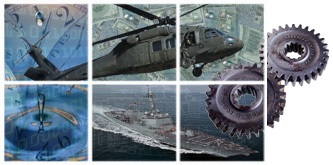Department of Transportation Selects KBSI to Develop Mobile Application to Help Inventory and Assess Sidewalks
March 7, 2016 – KBSI has been selected by Volpe, The National Transportation Systems Center of the U.S. Department of Transportation to develop a mobile application for the collection and assessment of the U.S. sidewalk inventory.
Under the terms of the Phase II Small Business Innovation Research (SBIR) contract, KBSI will utilize recent advances in social networks, crowd sourcing, mobile data collection methods, and data mining techniques to provide integrated sidewalk datasets for analysis. The software solution, a mobile application called MySidewalk™, will facilitate the collection of sidewalk inventories and support directed insight decision making.
Built with open architectures and component technologies, MySidewalk™ will be developed with significant inputs from our partners, City of College Station, TX and Texas Transportation Institute making the solution amenable to a wide variety of public works crowd source collection efforts as well as other public entities such as healthcare, entertainment, education management work areas.







